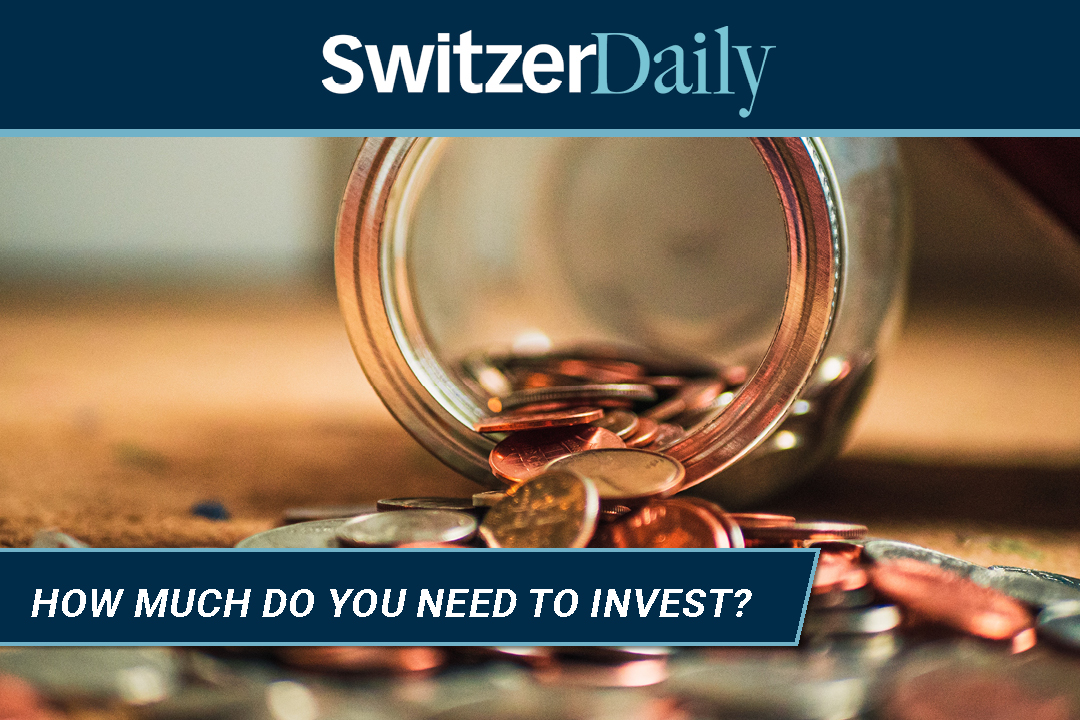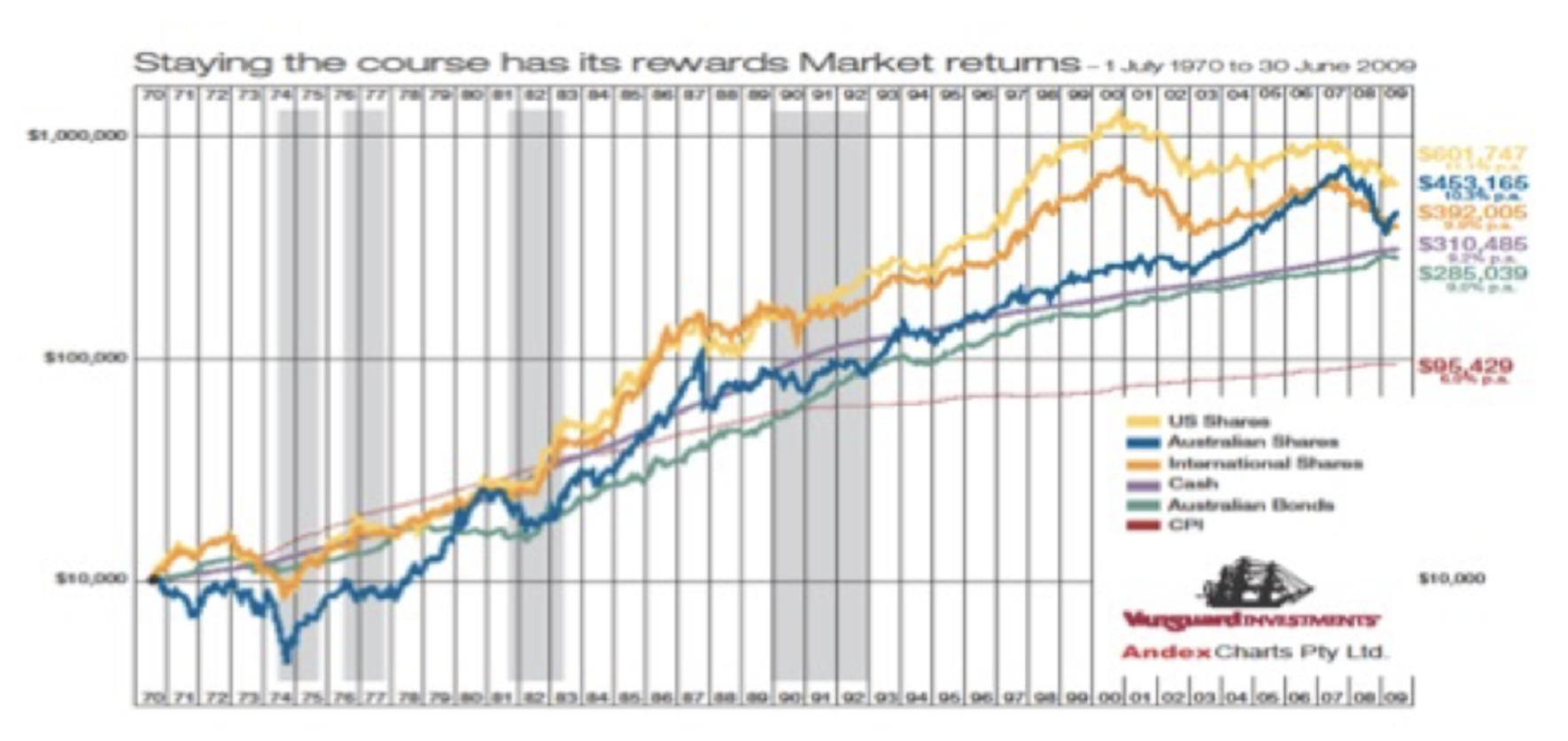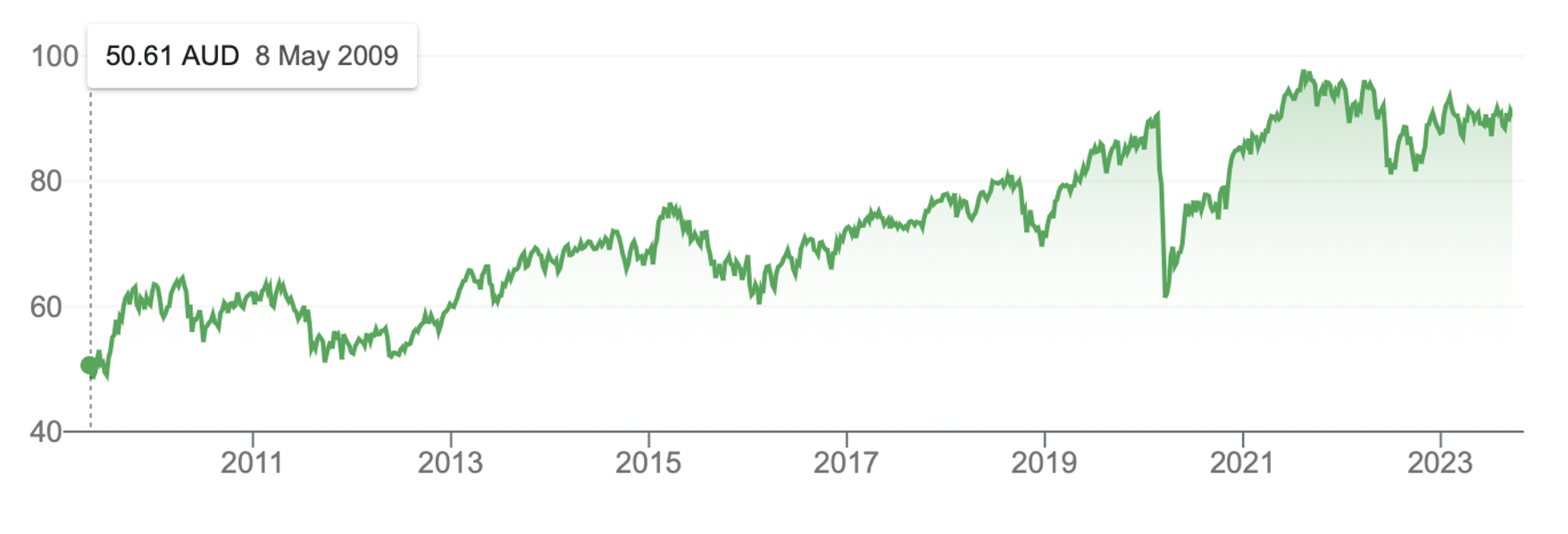

The comedian/actress Sophie Tucker once cleverly revealed, “I’ve been rich. I’ve been poor. Rich is better.” This came back to me as I read the conclusions of a survey on what the average person thinks about investing.
The media loves a headline-grabbing conclusion from a survey, but with some surveys, you need to look at the calibre of the people being surveyed. Sure, it will give you an idea of what lots of Aussies might think but it might be on a subject they have little knowledge about.
This was evidenced by a survey conducted by HSBC bank and reported in the AFR, which came up with conclusion that normal people think you need $15,000 to start investing in the stock market. And by the way, that has grown from $14,800, which this surveyed told us a year ago.
And while that’s undoubtedly the view of the 1,056 people surveyed (who could be a good representative of what the average Aussie thinks) in reality it’s a wrong conclusion.
The survey has other observations about investing attitudes, which I will evaluate on the basis of whether these inclinations are good for building wealth:
So, how much do you need to invest.
The AFR’s Lucy Dean reminded us of how low you can go in order to start informing us that investors can begin investing with as little as $5 using micro and fractional investing apps, such as Raiz and Sharesies.
But from my point of view, the person starting to invest in stocks should kick off with a sensible figure such as $500, which gets you into a trade with the likes of an online stockbroker like CommSec.
Your initial purchase of any particular shareholding must be at least $500 worth of shares. This is known as a ‘minimum marketable parcel of shares’. CommSec may then allow you to purchase smaller amounts of shares to top up existing shareholdings.
The brokerage fee will cost you $5 for a trade up to a $1,000, and $59.95 for a trade up to $10,000, if you want to do your trade over the phone.
So, what would I advise friends/family to do with their first $500 invested in the stock market? I’d recommend they buy an ETF for the Australian stock market. This would give you a parcel of 200 to 300 stocks (made up of our most valuable listed companies) all in one trade. As you get more money, you might by an ETF for the US stock market, so when you wake up in the morning and hear someone like me tell you the Dow Jones or the S&P 500 is up 1% overnight, you could think
‘I just made 1% on my US ETF’.
History shows that by holding these two ETFs (one for Australia and one for the US), it’s likely you could make 10% a year over a 10-year period.
It doesn’t mean you’ll make 10% every year but over a decade the usual annual return works out around 10%.
The stock markets can go crazy to the downside and to the upside. But, over a long period, the overall value of the stock market grows higher and higher, as this chart shows.

This shows that if someone invested $10,000 in an Aussie market ETF in 1970, then by 2009 (one year after the market crashed 50% with the GFC), it was worth $453,166 (the blue line). If they invested in a US ETF, they would’ve made even more.
As an experienced investor, I like buying quality companies when the market beats them up. But for an inexperienced investor, I like ETFs, as they give you diversification (200 stocks in one trade), they have a good history of growing your wealth and they pay dividends.
Vanguard Australian Shares Index ETF (VAS)

This chart above shows since 2009 VAS has gone from around $50 to $90 today. That’s $40 made on a $50 investment (or 80% over 13 years), which is about 6% a year. If you throw in the 4% dividend each year, there’s that 10% I was talking about.
The only issue you need to psychologically deal with is whether you can cope with the mad, crazy ups and downs of the stock market, as the charts above show.
If you prefer to be rich rather than poor, it might be something you learn to cope with.